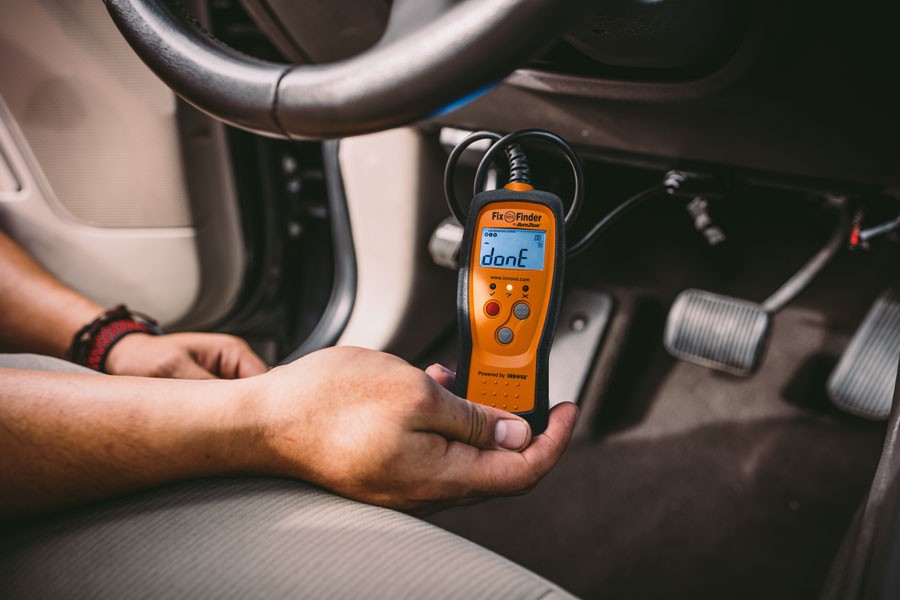Connecting a Do Obd2 Scan Tool to your vehicle is the first step in diagnosing car problems. This guide provides a comprehensive overview of how to use an OBD2 scanner, understand the codes, and potentially save money on auto repairs. The process is straightforward, even for beginners.
Locating and Connecting Your OBD2 Scan Tool
The OBDII port, a 16-pin trapezoid-shaped connector, is typically located under the driver’s side of the dashboard. Sometimes, it might be hidden in the center console or under the passenger side. Connecting the do obd2 scan tool is simple: align the trapezoidal shapes and firmly push the connectors together.
Here’s the correct connection sequence:
- Ignition Off: Ensure your car’s ignition is turned off before starting.
- Connect the Tool: Plug the OBD2 scanner into the diagnostic port.
- Ignition On: Turn the ignition to the “on” position without starting the engine. This powers the scan tool.
- Boot Sequence: Allow the do obd2 scan tool to complete its startup process.
- Input Information: The scanner may prompt you for vehicle details like engine size or VIN.
 alt
alt
Navigating the OBD2 Scanner Menu
Once your do obd2 scan tool is ready, you’ll see a menu with various options:
- Read Codes: Displays Diagnostic Trouble Codes (DTCs) indicating potential problems.
- Erase Codes: Clears stored fault codes after repairs. Confirm before erasing to avoid accidental deletion.
- Live Data: Provides real-time sensor readings, allowing you to monitor various parameters. (Available on advanced scanners)
- Freeze Frame: Captures vehicle data at the moment a DTC was set. Helps pinpoint the fault’s cause.
- Vehicle Info: Displays vehicle-specific information.
- I/M Readiness: Shows emissions-related data for smog tests.
Deciphering OBD2 Trouble Codes
A do obd2 scan tool displays codes in a specific format: a letter followed by four numbers (e.g., P0301).
- Letter: Indicates the affected system (P: Powertrain, B: Body, C: Chassis, U: Network).
- First Number: 0 indicates a generic code; 1 signifies a manufacturer-specific code.
- Remaining Numbers: Pinpoint the specific system and fault within that system. For example, in P0301:
- 0: Generic Code
- 3: Ignition System or Misfire
- 01: Cylinder 1 Misfire
Leveraging Your Do OBD2 Scan Tool for Savings
A do obd2 scan tool can save you money in several ways:
- Early Diagnosis: Identify potential problems early, preventing costly repairs down the line.
- Smog Check Preparedness: Check I/M Readiness to ensure your vehicle will pass emissions tests.
- DIY Repairs: Diagnose and fix simple issues yourself, avoiding diagnostic fees and labor costs at a repair shop. For instance, a P0138 code (high voltage in oxygen sensor) often requires a simple sensor replacement.
Conclusion
A do obd2 scan tool is a valuable tool for any car owner. By understanding how to use it effectively, you can take control of your vehicle’s maintenance, diagnose problems, and potentially save significant money on repairs. From understanding basic code reading to leveraging live data, a do obd2 scan tool empowers you to become a more informed car owner.
